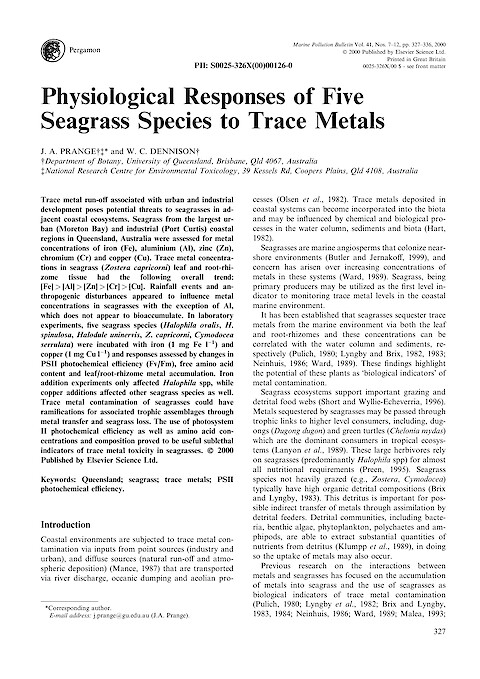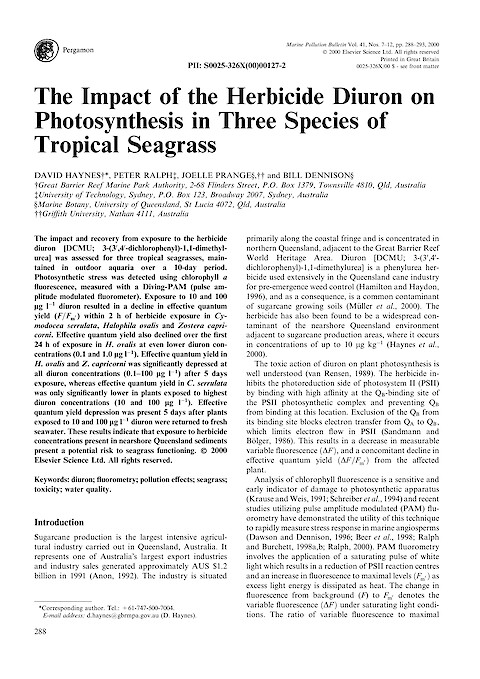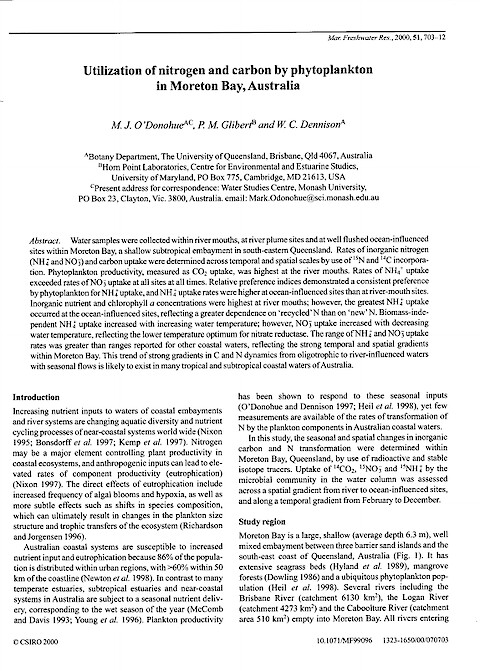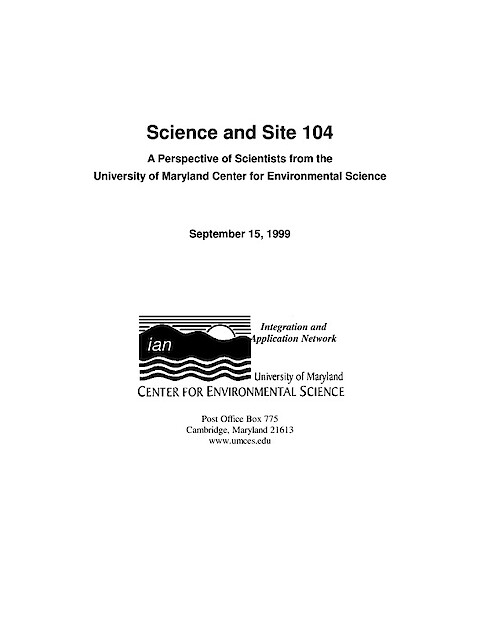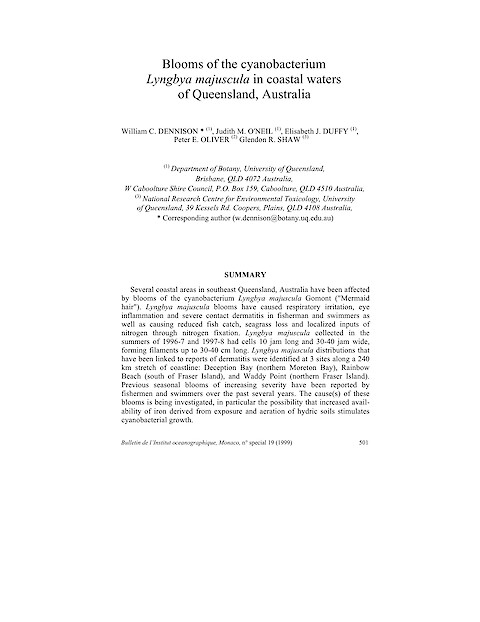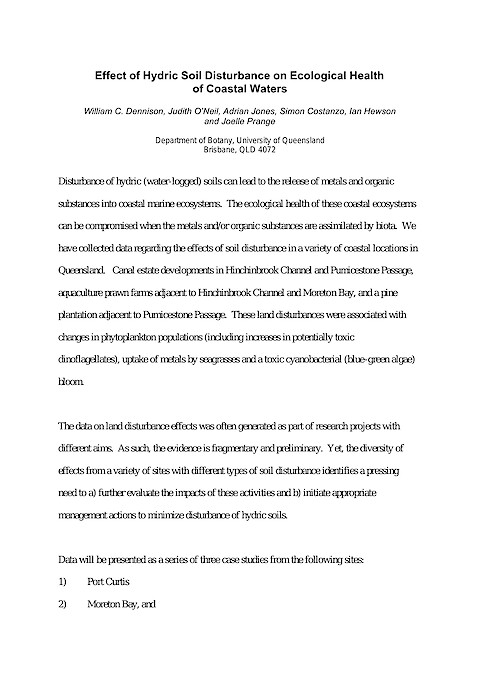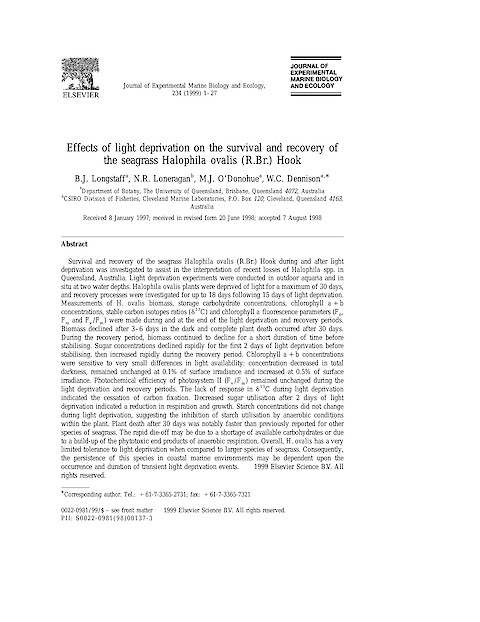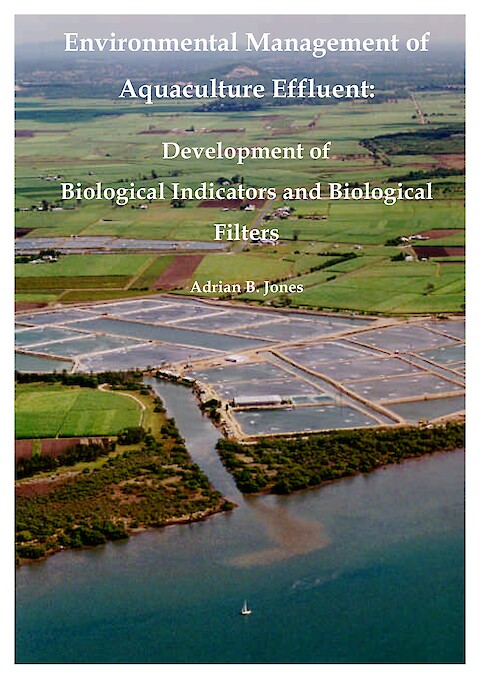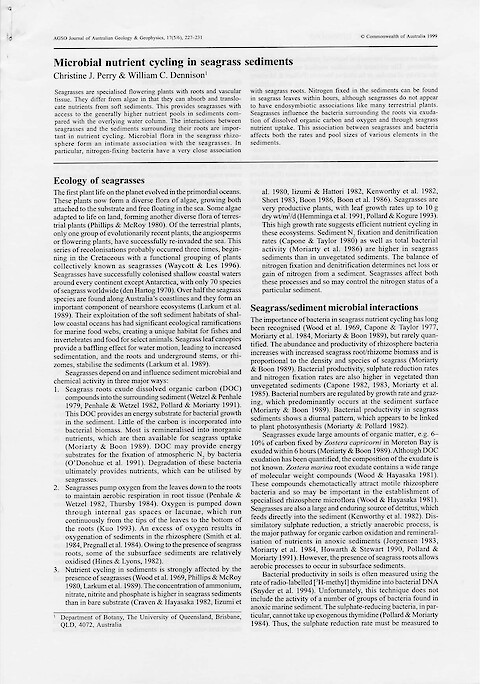Science and Site 104: Long-term Options for Dredged Sediment Placement
Baker JE, Boesch DF, Boicourt WC, Boynton WR, Chao SY, Cornwell JC, Fisher TR, Houde ED, Kennedy VS, Mason RP, Mihursky JA, Miller TJ, Sanford LP, Secor DH, Stevenson JC and Wright DA ·
15 September 1999
Scientists from the University of Maryland Center for Environmental Science have evaluated the scientific understanding and uncertainty related to five issues regarding the environmental effects of placement of dredged sediments at Site 104, at the head of the deep, natural channel of the Chesapeake Bay. This assessment was based on reviews of relevant studies and impact statements as well as on the scientists’ extensive knowledge and experience concerning the Chesapeake Bay ecosystem.
Read more
